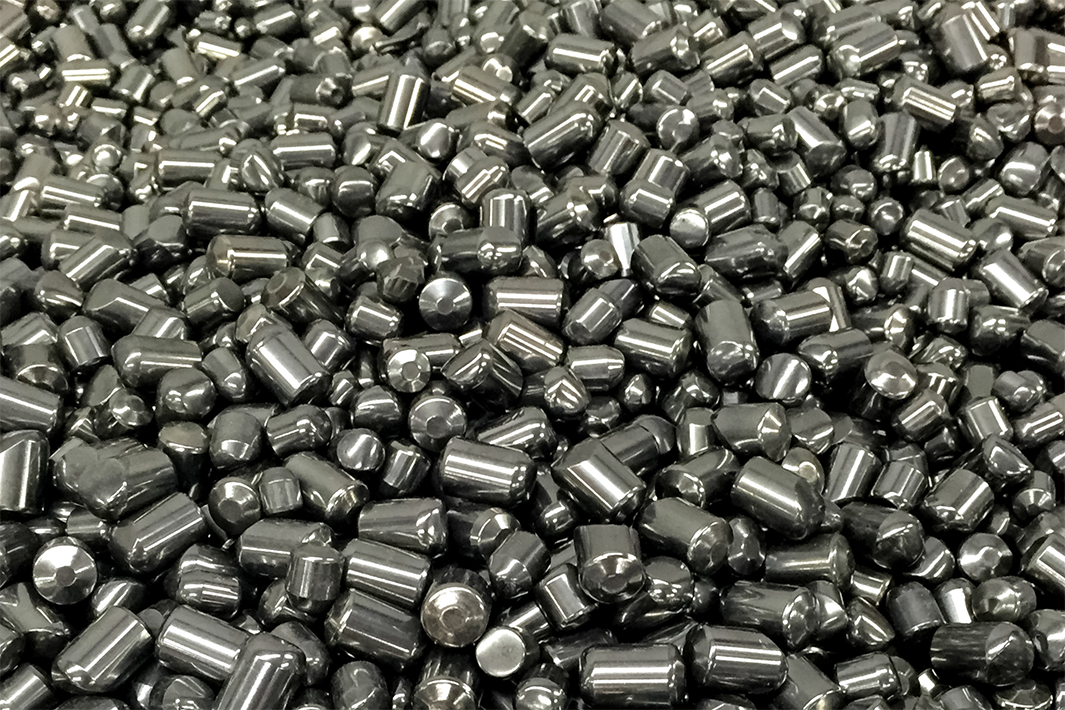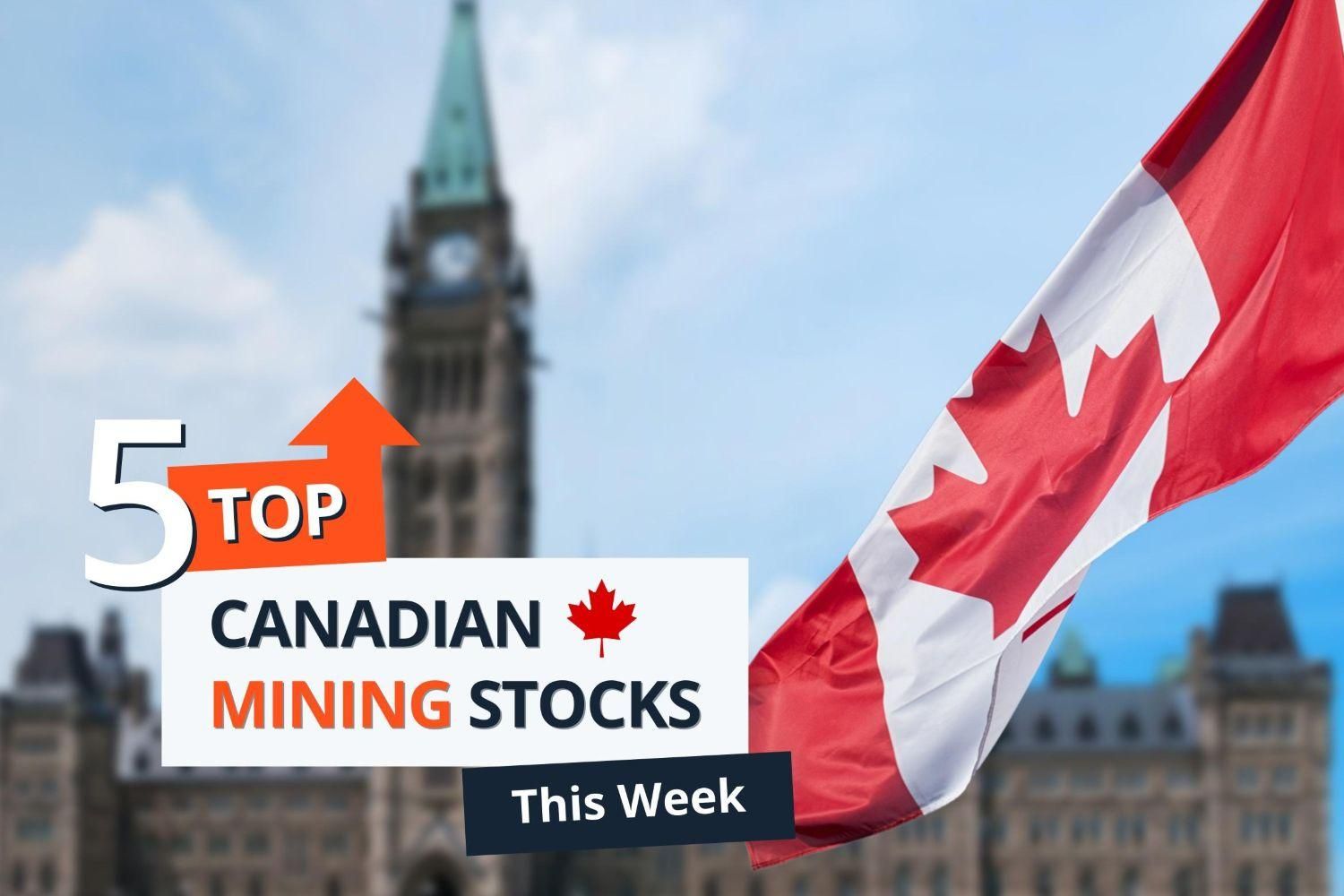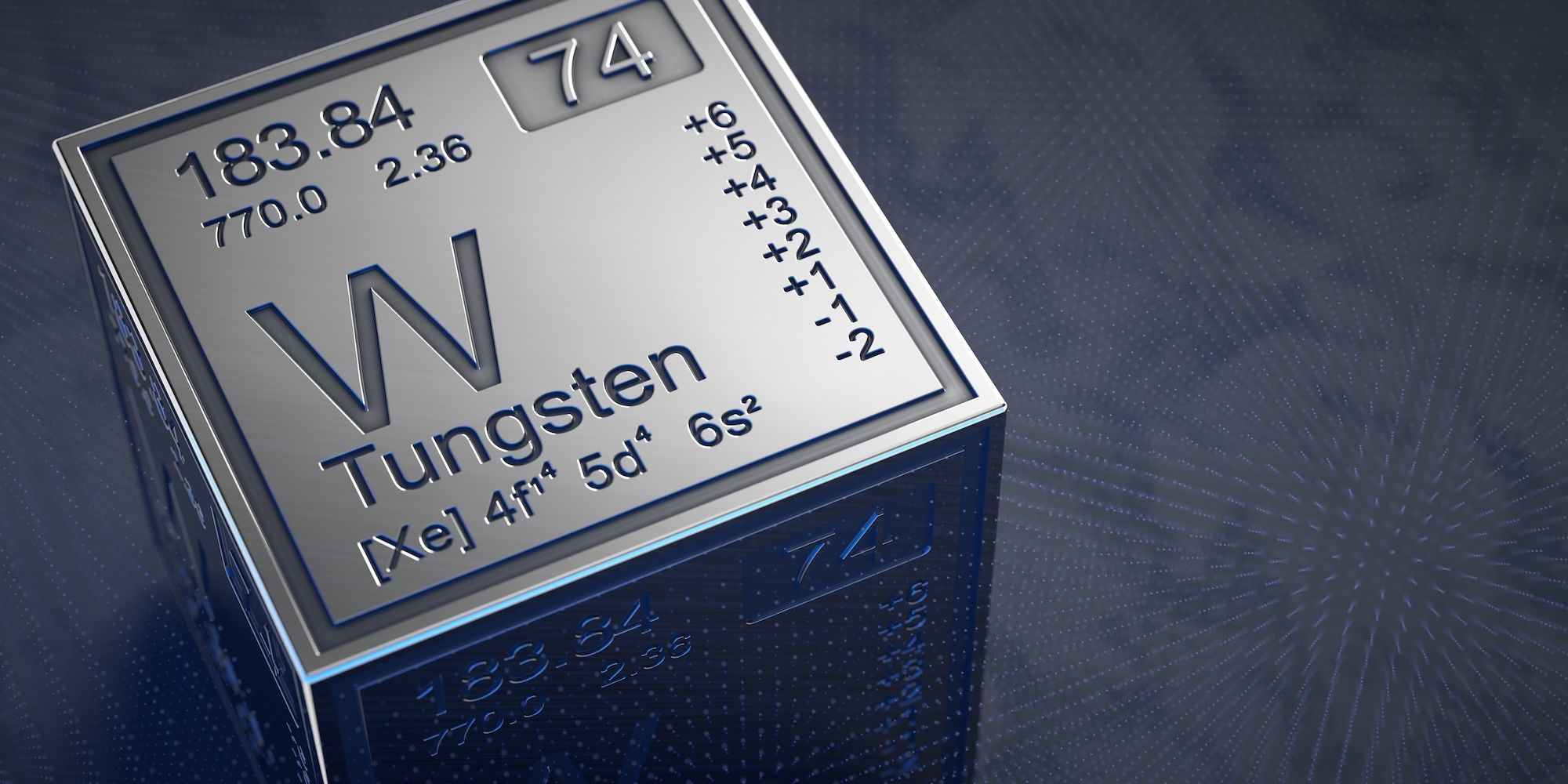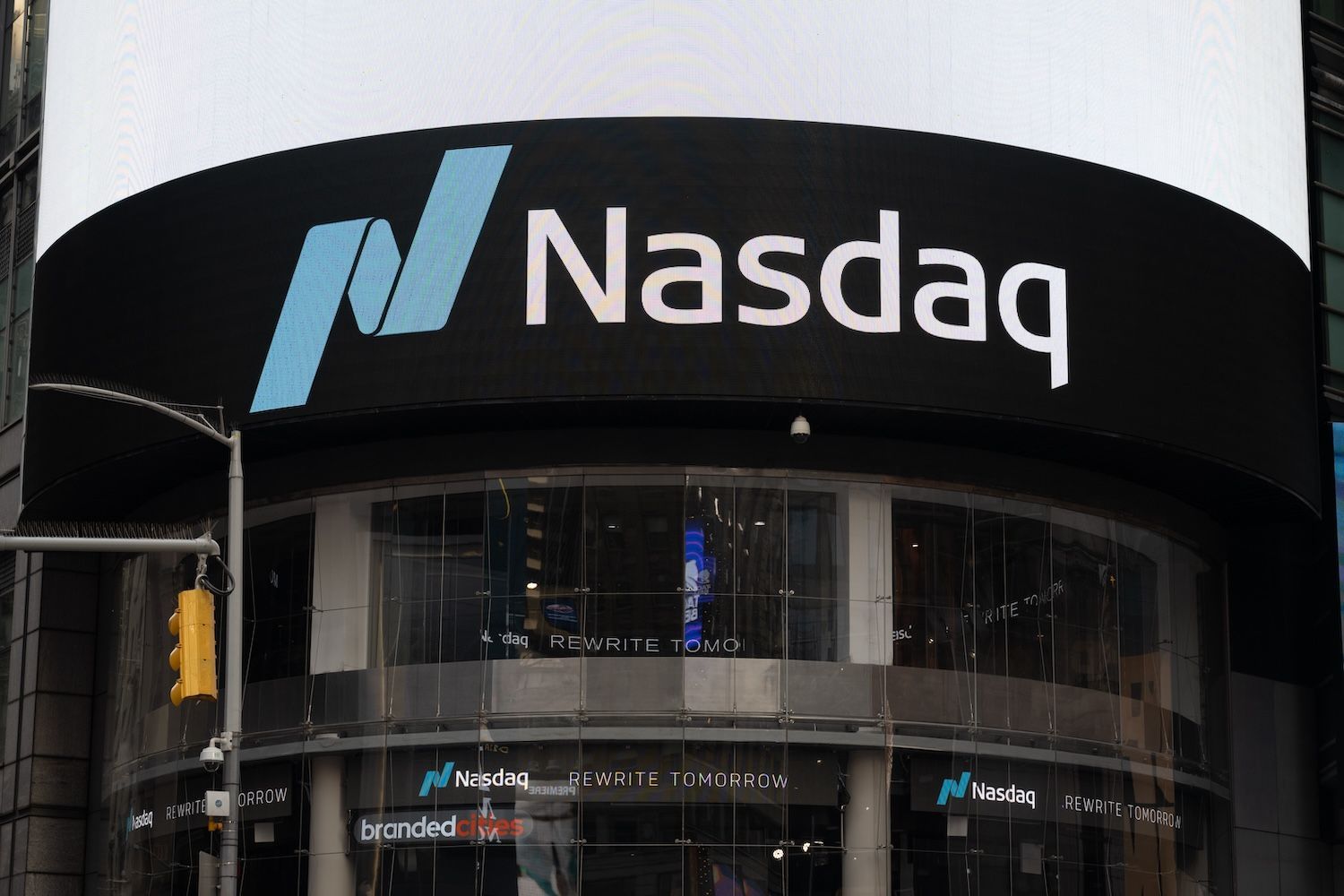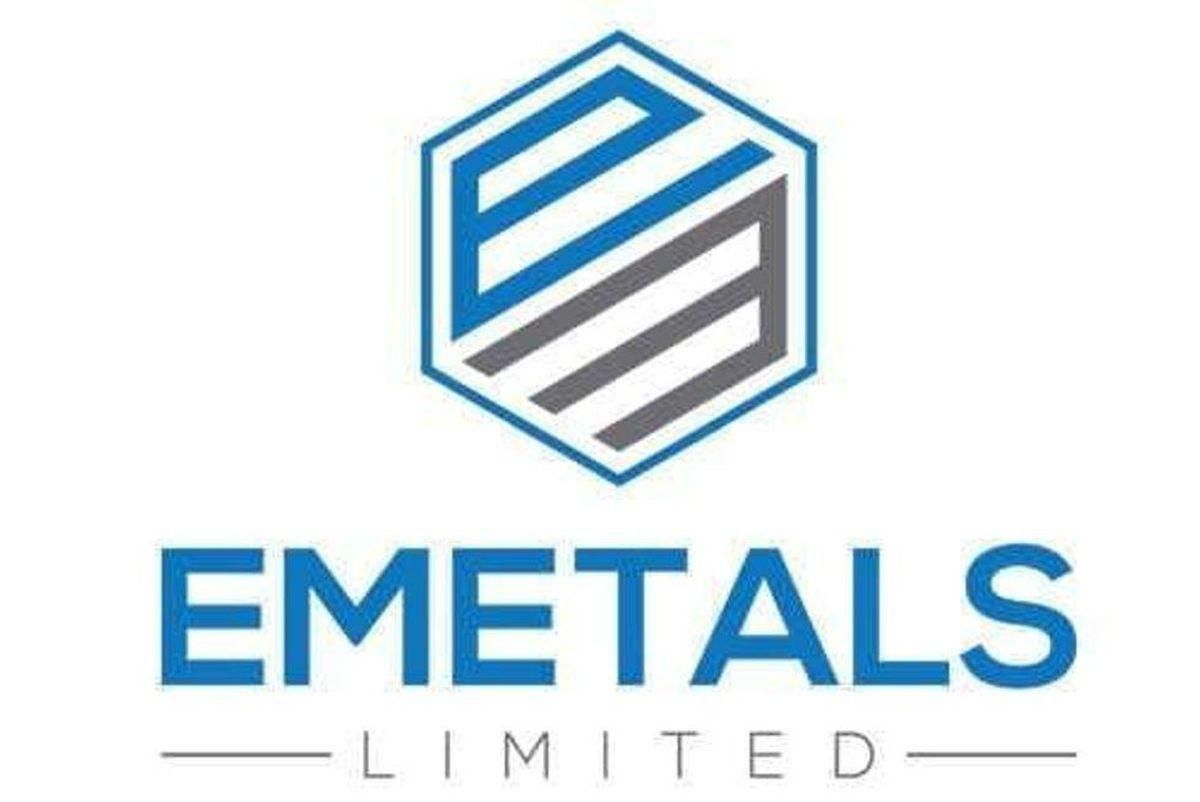
January 15, 2023
The Directors of eMetals Limited (ASX:EMT) (eMetals) (Company) are pleased to provide a further update on its exploration activities at its Beryl Well Project (E09/2156) in the Gascoyne Region of Western Australia following the receipt of assays from rock chip samples taken in November 2022.
Highlights
- BWRC3 26.47% Niobium & 6.68% Tantalum
- BWRD4 23.79% Niobium & 6.33% Tantalum
These very high grades validate the work completed by previous tenure holders Venus Metals Limited (ASX:VMC) in 2016 who reported high grade rock chip samples including 42.8% Niobium & 13.1% Tantalum (Reference 1).
A field visit was undertaken in November 2022 by Company personnel to appraise historical exploration activities at Beryl Well. The Company took a total of 9 rock chip samples on both previously tested and untested pegmatites in and around the Beryl Well Project area and towards possible northern extensions of the pegmatite swarm. Complete results are shown in Table 1.
Although the extent of the niobium and tantalum rich material is yet to be specifically determined, Company personnel believe it is related to iron rich material confined to structural infill zones.
BERYL WELL PROJECT
The Beryl Well Project overlies the historical Nardoo & Morrissey Hill workings. Numerous pegmatites are described in the area and mica, beryl and tantalo-columbite have all been mined in the past. Reference 2 Drilling completed by EMT in 2021 focused on the southern pegmatites with a total of 30 reverse circulation holes for 1717 metres. The drilling was targeted on the outcropping pegmatite units to test the concept of cross cutting later structures providing a conduit to the mineralisation however no significant results were returned. The previous high grade rockchips returned by the work of VMC and the latest high grade results from EMTs recent sampling are located to the north of the drilling completed and the recent field visit focused on this area to assess any further potential.
Click here for the full ASX Release
This article includes content from eMetals Limited, licensed for the purpose of publishing on Investing News Australia. This article does not constitute financial product advice. It is your responsibility to perform proper due diligence before acting upon any information provided here. Please refer to our full disclaimer here.
EMT:AU
The Conversation (0)
25 February 2021
eMetals Limited
Building a strong pipeline of mineral projects to drive shareholder value.
Building a strong pipeline of mineral projects to drive shareholder value. Keep Reading...
11 December
Tungsten Surge: Fresh Investment Horizons
Tungsten is rapidly gaining attention as a high-value strategic metal for its crucial role in national defense, aerospace and advanced manufacturing. However, as with most critical metals, the global supply chain for tungsten is dominated by a handful of producers, primarily China. As... Keep Reading...
14 November
Top 5 Canadian Mining Stocks This Week: Adex Mining Jumps 157 Percent on Tungsten Support
Welcome to the Investing News Network's weekly look at the best-performing Canadian mining stocks on the TSX, TSXV and CSE, starting with a round-up of Canadian and US news impacting the resource sector. On Thursday (November 13), Canadian Prime Minister Mark Carney announced a second round of... Keep Reading...
29 October
Almonty Acquires Montana Tungsten Project as US Seeks to Revive Domestic Supply
Almonty Industries (TSX:AII,ASX:AII,NASDAQ:ALM) is expanding its US footprint with the acquisition of a tungsten project in Montana, a move that could make it the first domestic producer of the critical metal in a decade.The Toronto-based miner said it agreed to buy the site, which was... Keep Reading...
24 September
Thor Energy to Sell Shares in FRAM Joint Venture to Tivan for AU$8.75 Million
Thor Mining (ASX:THR,LSE:THR,OTCQB:THORF) has signed a term sheet with Tivan (ASX:TVN) to sell its shares in FRAM, a joint venture with Investigator Resources (ASX:IVR). The joint venture, which was set up in August 2024, holds the Molyhil tungsten-molybdenum-copper project, located 220... Keep Reading...
15 July
Almonty Shares Rise on Nasdaq Debut Amid US Push to Secure Tungsten Supply
Tungsten-focused Almonty Industries (TSX:AII,ASX:AII,NASDAQ:ALM) saw its shares rise on Monday (July 14) in its first day of trading on the Nasdaq, buoyed by a US$90 million public offering. The company's share price climbed roughly 7 percent under its new “ALM" ticker symbol, opening at... Keep Reading...
21 March
Almonty Industries Joins Forces with ADI, Seeks to Supply Tungsten and Molybdenum to US
Almonty Industries (TSX:AII,ASX:AII,OTCQX:ALMTF) has entered into a strategic partnership agreement with government relations and business development firm American Defense International (ADI). Toronto-based Almonty is currently strengthening its positioning within the critical metals sector,... Keep Reading...
Latest News
Interactive Chart
Latest Press Releases
Related News
TOP STOCKS
American Battery4.030.24
Aion Therapeutic0.10-0.01
Cybin Corp2.140.00

